I am posting this article that appeared in The Sunday Age yesterday regarding the Melbourne restaurant scene. I am sure it is useful information for POD readers who have retail projects under development.
Given that food and beverage is a daily driver for foot traffic and that legislation largely controls labour costs, perhaps rent structures need to be revised it we want this sector to continue to thrive and add to the fabric of a fabulous city.
Some of Melbourne's most prominent hospitality figures have been forced to close venues or dramatically restructure their debt-ridden empires as the industry faces the biggest upheaval since the introduction of the controversial fringe benefits tax in 1986.
Almost 1500 Victorian restaurants have closed their doors over the past 12 months, which has been blamed on soaring labour costs, corporate belt-tightening and the ''Masterchef effect'' that has inspired a generation of home cooks.
Restaurant and Catering Australia chief executive John Hart said the industry was gripped by a ''systemic crisis'' that had forced some owners to flout award wage laws and avoid tax.
''And that just creates unfair competition between the businesses that do the right thing and those that don't,'' Mr Hart said.
Fairfax Media can reveal that a company associated with prominent restaurateur Paul Mathis, who sold Transport Bar and Taxi Dining Room in Federation Square for $20 million in 2006, is facing liquidation action in the Supreme Court of Victoria. The company is alleged to have traded while insolvent for more than two years at Mathis' defunct Soulmama restaurant in the St Kilda Sea Baths complex.
Corporate liquidators found the company owed millions of dollars to the landlord, suppliers and the Australian Tax Office. It had also failed to pay some superannuation benefits and workers compensation insurance.
Between 2008 and 2010, the company lent more than $470,000 to five other businesses linked to Mr Mathis, which were unable to repay the loans and have been shut down or placed into liquidation. ''Based on my examination of the books and records of the company, it is my opinion that the company was insolvent at all times during the period of 1 July 2008 to 15 December 2010,'' said liquidator Philip Newman of PCI Partners in documents filed in the Supreme Court.
Mr Mathis declined to comment other than to say the allegations of insolvent trading made by the liquidator were ''his opinion''.
Mr Mathis announced his latest venture, a 250-seat pizzeria set to open in Southern Cross Station last month, despite recently walking away from four other restaurants - Bangpop and Akachochin in South Wharf, Henry and the Fox in the CBD and Hawthorn East's Firechief.
Mr Mathis' co-director in the four restaurants, Frank de Rango, did not respond to requests for comment.
Food writer Richard Cornish said Melbourne's struggling hospitality scene was having a knock-on effect for suppliers of meat, fresh produce and alcohol, with many winding back credit terms or only accepting cash.
He said many restaurateurs had been skewered by soaring labour costs and high rents. ''In Australia wages are high, penalty rates are a big issue and passing on the cost of labour at the weekend is incredibly difficult. On top of that, you have big rents. Australian landlords are some of the most rapacious in the world,'' he said.
Nick Zampelis is another high-profile entrepreneur who is scrambling to save his hospitality empire, which has included more than 60 bars, restaurants and nightclubs over the past 25 years. Mr Zampelis has sold or closed six restaurants over the past six months, placed his Elsternwick mansion on the market and is poised to sell CBD nightclub Silk Road at a massive loss in a bid to stave off creditors.
Mr Zampelis has an offer of about $3.5 million for the Collins Street venue, after spending more than $10 million on a lavish refurbishment.
He denied he was under financial duress. ''Times are obviously tough, but I'm doing fine. In fact, I have plans to open three new restaurants. I'm getting out of nightclubs because I'm sick of the industry,'' Mr Zampelis said.
Melbourne Pub Group is also under mounting pressure, after acquiring the Albert Park, Middle Park and Newmarket hotels before spending about $5 million on St Kilda's Prince of Wales Hotel in 2011, with the financial backing of prominent businessman and racehorse owner Gerry Ryan.
Executive chef and director Paul Wilson resigned two weeks ago, following the departure in March of the group's operations and marketing manager, Julian Gerner, who oversaw the rapid expansion. At the time, Mr Gerner told Fairfax Media he lacked the drive to continue running the pub empire in the face of increasingly difficult trading conditions.
''I've been the marketer and the driver of all the businesses to date, but these days you have to micromanage hospitality and the margins are very slim. I don't have the energy to work 100 hours a week under the scrutiny and pressure of others,'' he said.
Australian Hotels Association spokesman Paddy O'Sullivan conceded that Victorian pubs were doing it tough in the face of savage discounting of packaged liquor by supermarket giants Coles and Woolworths.
Mr O'Sullivan said licensed venues now accounted for only 25 per cent of all alcohol sales, which had fallen from about 50 per cent a decade ago.
Tough times have also come for Mario Scerri, who famously bought Croydon's Dorset Gardens Hotel for $44 million in a deal scribbled on the back of a napkin in a corporate box at the 2005 Boxing Day Test Match.
Last month, the Scerri Hotel Group collapsed after amassing at least $485,000 in debts to the North Melbourne Football Club and defaulting on a commercial loan to a major liquor marketer. Mr Scerri is also facing bankruptcy proceedings over a failed loan guarantee.
Despite its debts, Mr Scerri said the group was just a ''shell company'' whose failure said nothing about the health of his wider business empire, which include interests in the Anglers Tavern, Sloaney Pony and The Nixon.
''It basically did nothing and I was happy to let it go into liquidation,'' he said. ''It's very tough out there at the moment. Wages are up, super is up and prices are down with all the competition. But none of those [hotels] are in trouble.''
Mr Scerri said he was unaware of the bankruptcy proceeding.
Ownership of the Dorset Gardens Hotel, which was controlled by another Scerri company, was transferred into the name of his brother, Joseph, in late 2011. Both brothers deny that Mario has had anything do with the Dorset since at least 2007, despite ASIC documents showing he was the sole director and shareholder until late 2011.
via http://www.theage.com.au/victoria/restaurant-empires-in-crisis-20130803-2r6gd.html
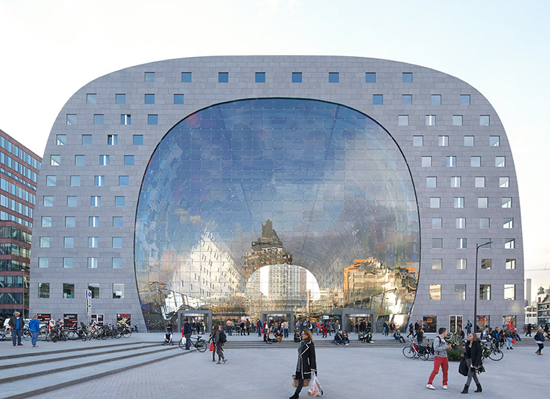
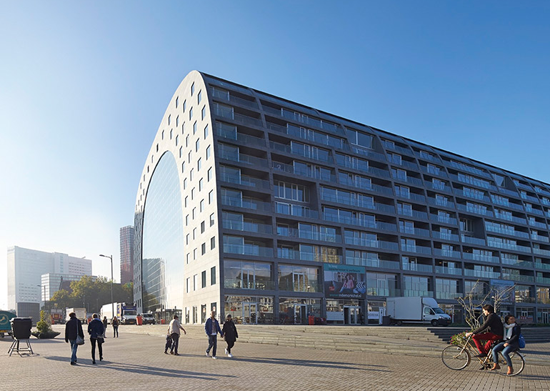
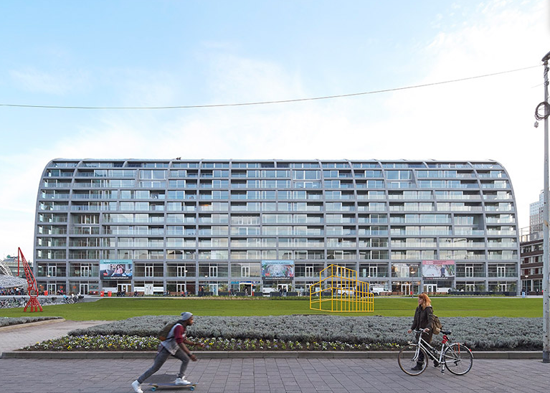
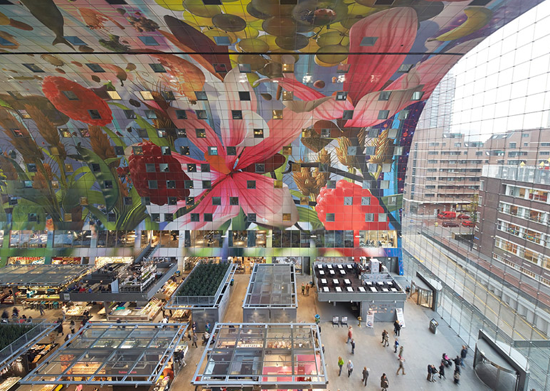
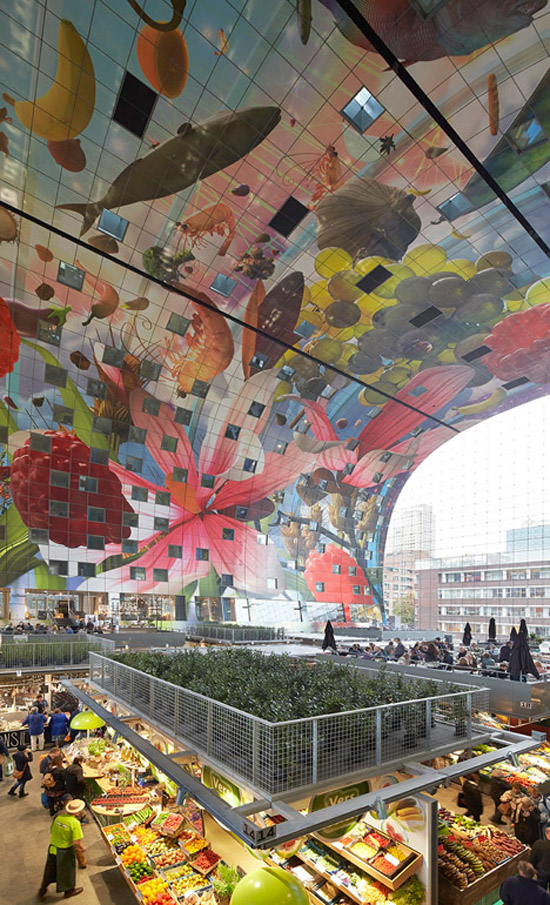
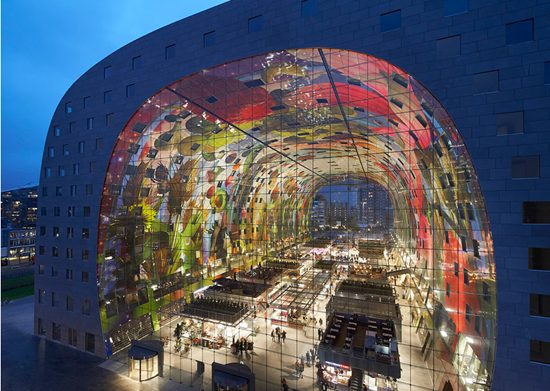
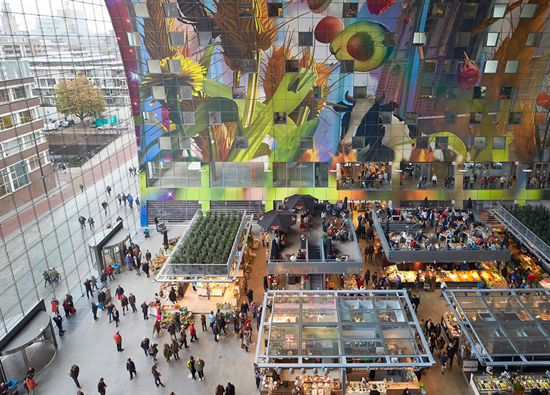
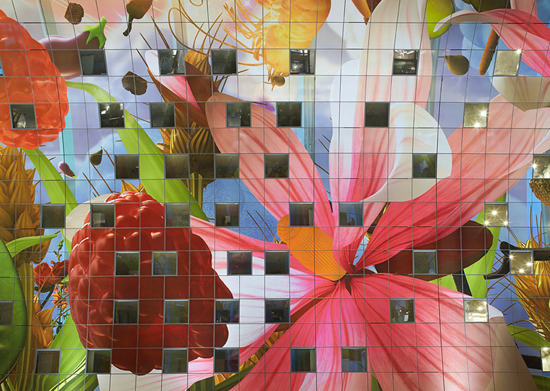
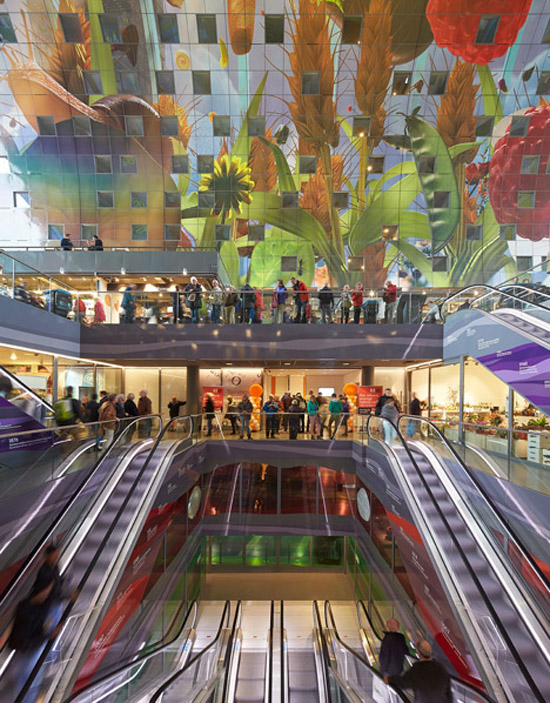
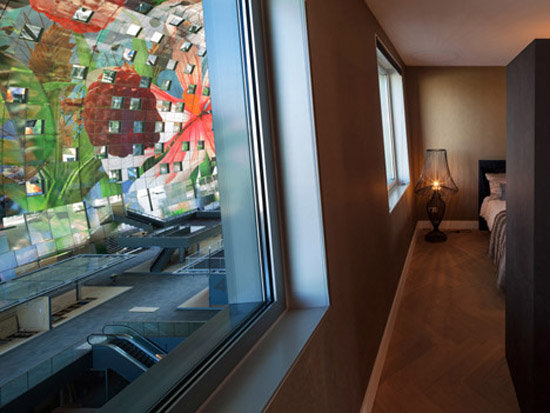
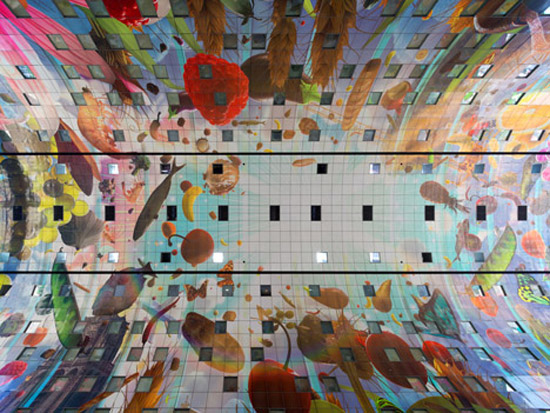
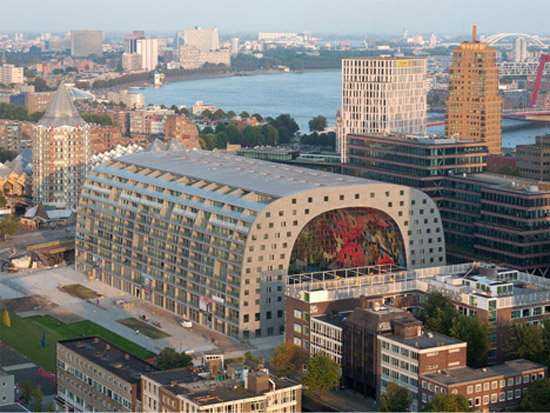


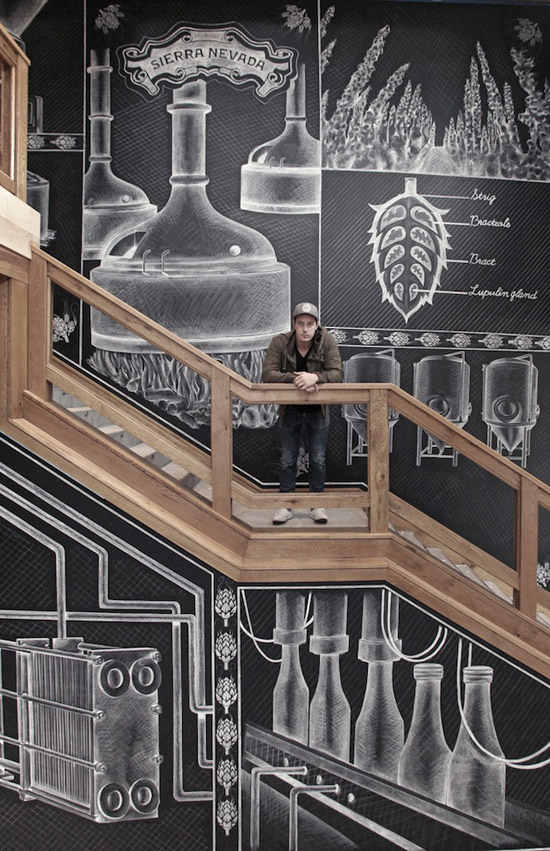
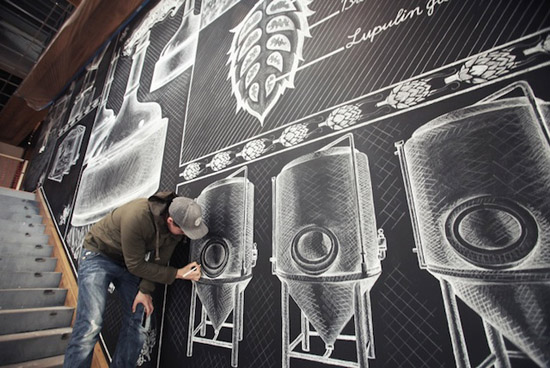
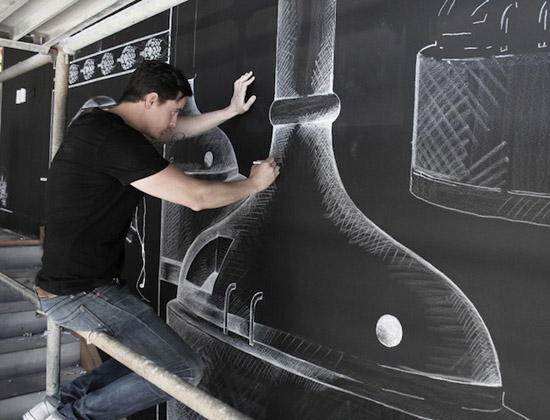
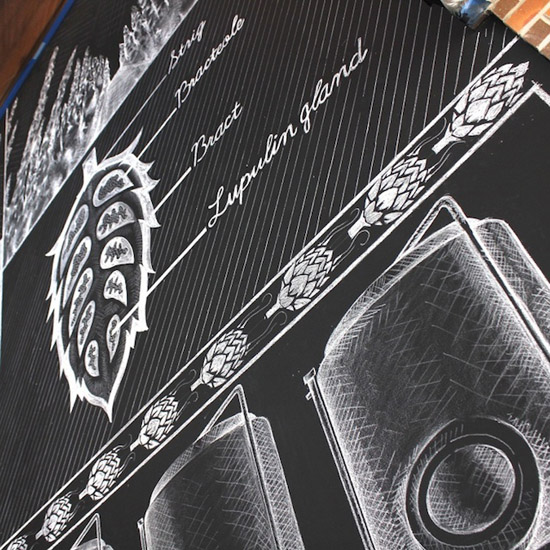
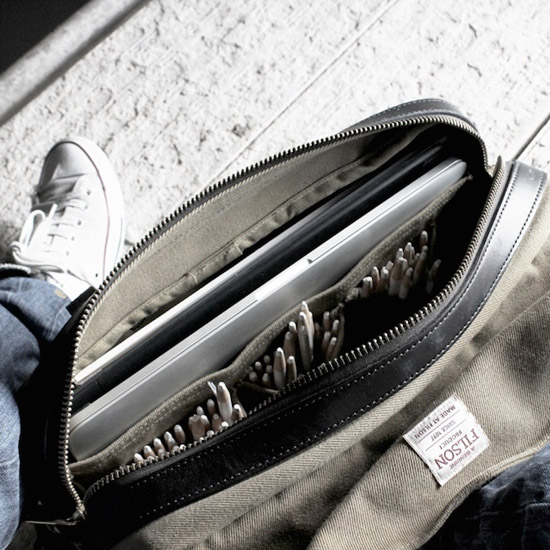
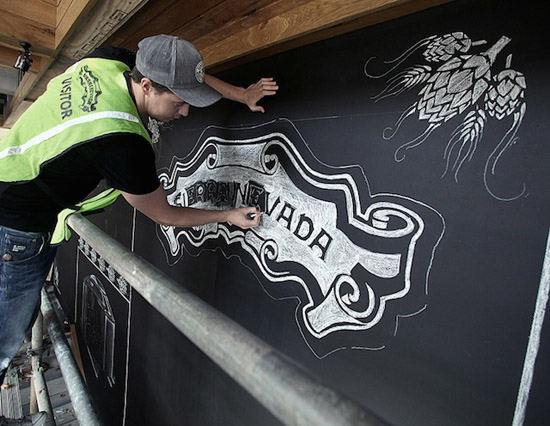

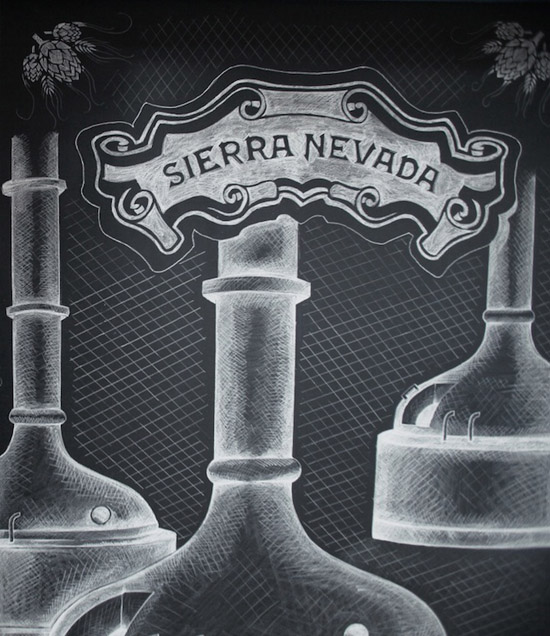
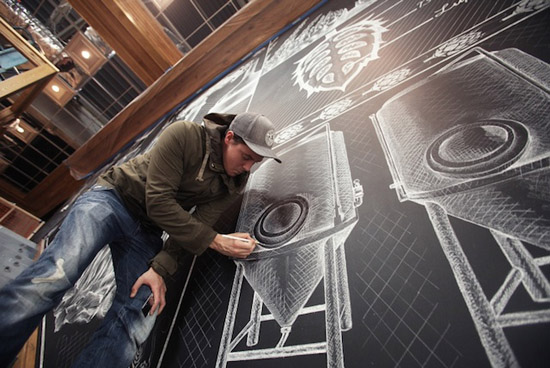
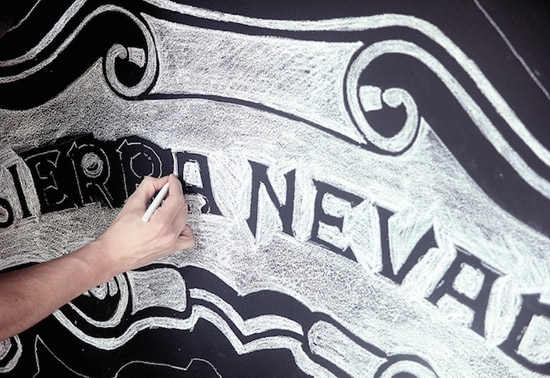
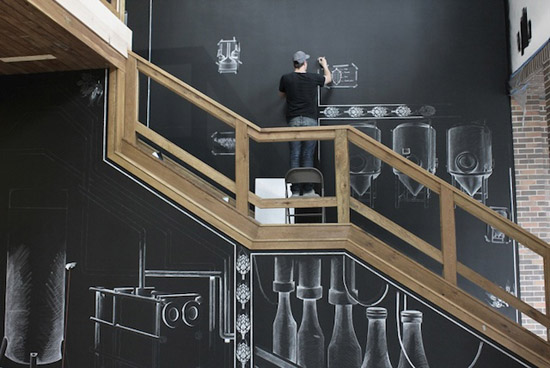
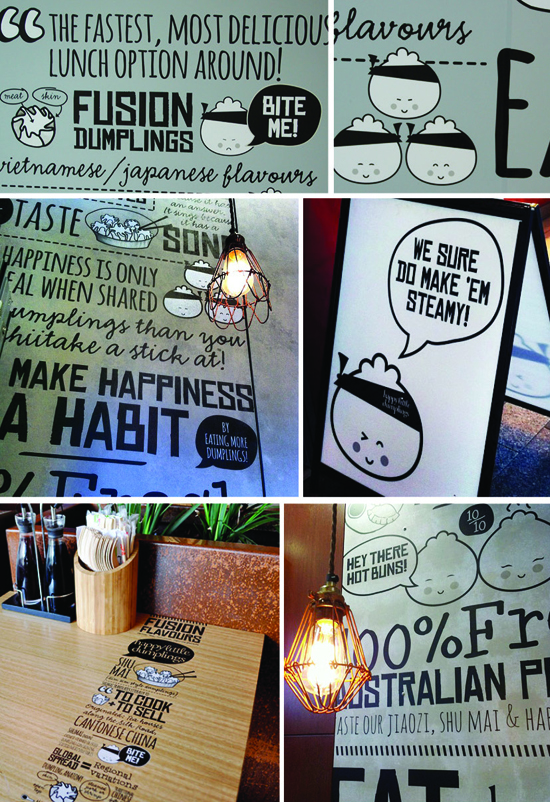 Loving the happy little graphics done by Tandem E Tandem for Happy Little Dumplings. You can find HLD in happy little locations around inner Brisbane.
Loving the happy little graphics done by Tandem E Tandem for Happy Little Dumplings. You can find HLD in happy little locations around inner Brisbane.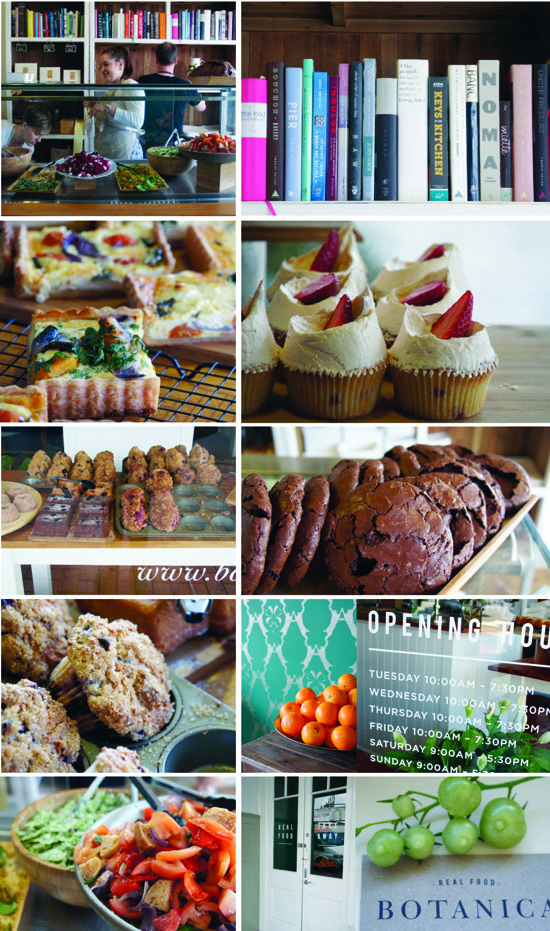 Botanica seems to operate on the philosophy "less is more". It is a tiny shop offering a small range of super fresh salads, savoury tarts and gluten free goodies for sweet tooths. No seating or espresso machine, this is all about good food to go. Gorgeous packaging and a steady stream of customers makes me suspect Brett and Alison Hutley have a hit on their hands. Head to 1 Enoggera Terrace Red Hill (Brisbane) - the gluten and diary free big chewy chocky biscuits are worth the trip alone! Botanica is right next door to Bowerbird Collections (see post below). www.botanicarealfood.com.au
Botanica seems to operate on the philosophy "less is more". It is a tiny shop offering a small range of super fresh salads, savoury tarts and gluten free goodies for sweet tooths. No seating or espresso machine, this is all about good food to go. Gorgeous packaging and a steady stream of customers makes me suspect Brett and Alison Hutley have a hit on their hands. Head to 1 Enoggera Terrace Red Hill (Brisbane) - the gluten and diary free big chewy chocky biscuits are worth the trip alone! Botanica is right next door to Bowerbird Collections (see post below). www.botanicarealfood.com.au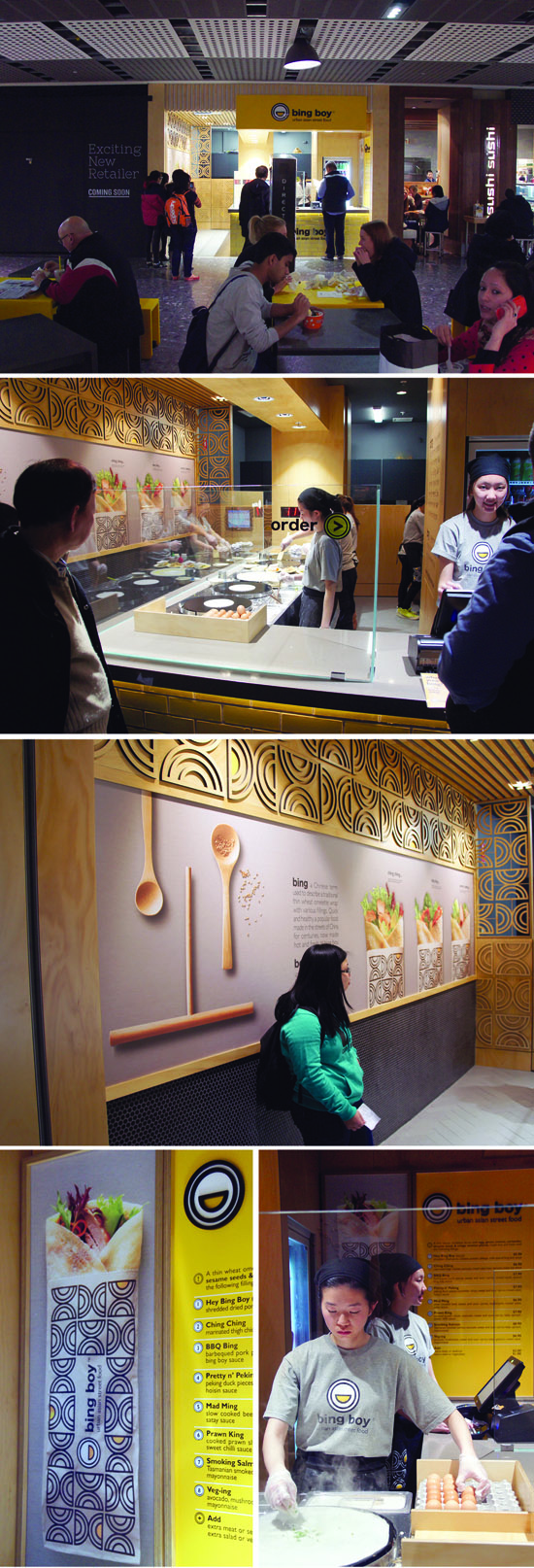 Bing Boy is a newbie on the quick service food scene. It is the Asian version of a French Creperie. Omelette is cooked to order, filled with yummy things like BBQ duck, cucumber, sweet & sour carrot, salad and hoisin sauce, then wrapped and it's good to go. I particularly like the clean graphics and easy to read menu format. Look for it on the lower / station level at Melbourne Central.
Bing Boy is a newbie on the quick service food scene. It is the Asian version of a French Creperie. Omelette is cooked to order, filled with yummy things like BBQ duck, cucumber, sweet & sour carrot, salad and hoisin sauce, then wrapped and it's good to go. I particularly like the clean graphics and easy to read menu format. Look for it on the lower / station level at Melbourne Central. I met Nahji (a.k.a Miss Chu) a few years ago at her first tuckshop off William Street in Sydney. Since then she has evolved the concept considerably and now has outlets in both Sydney and Melbourne (and has sold Miss Chu licenses into New York, London, Paris and the rest of the country according to the fabulously flamboyant floor boy in the South Yarra store). It was good when I bit into the first rice paper roll and remains so. Retail evolution and store growth is not an easy road so I am more than delighted to report the brand and offer is better than ever (particularly love the graphic and store design direction too ... it's honest and on trend). Kano Hollamby is the designer for this South Yarra store (happy snaps above). Bring on Brisbane and the rest of the country I say!
I met Nahji (a.k.a Miss Chu) a few years ago at her first tuckshop off William Street in Sydney. Since then she has evolved the concept considerably and now has outlets in both Sydney and Melbourne (and has sold Miss Chu licenses into New York, London, Paris and the rest of the country according to the fabulously flamboyant floor boy in the South Yarra store). It was good when I bit into the first rice paper roll and remains so. Retail evolution and store growth is not an easy road so I am more than delighted to report the brand and offer is better than ever (particularly love the graphic and store design direction too ... it's honest and on trend). Kano Hollamby is the designer for this South Yarra store (happy snaps above). Bring on Brisbane and the rest of the country I say!
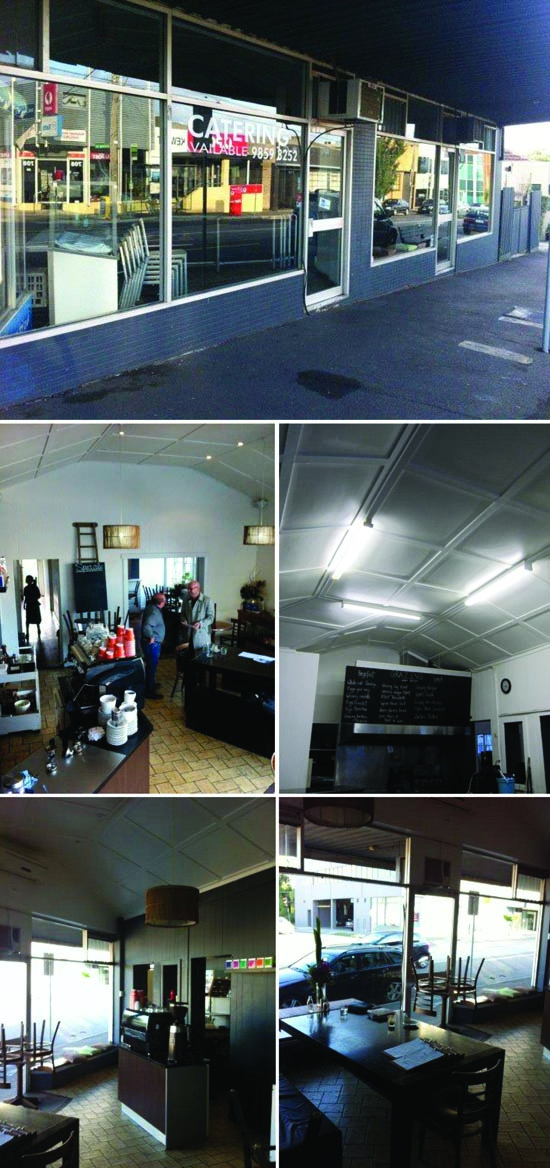
 In addition to being on the global snoop for what's new in seasonal decorations and retail, I have cooked and styled a couple of food shoots with uber-fab international photographer, Robyn Lea, whilst here in New York. Robyn recently photographed the home and studio of Jackson Pollock in East Hampton, Long Island. Being a serious foodie, she was interested in more than just the art side to this editorial. The Foundation provided some favourite Pollock recipes which I whipped up and Rob worked her camera magic on this week, including making fresh bread from scratch - haven't done that in years - it turned out a treat!
In addition to being on the global snoop for what's new in seasonal decorations and retail, I have cooked and styled a couple of food shoots with uber-fab international photographer, Robyn Lea, whilst here in New York. Robyn recently photographed the home and studio of Jackson Pollock in East Hampton, Long Island. Being a serious foodie, she was interested in more than just the art side to this editorial. The Foundation provided some favourite Pollock recipes which I whipped up and Rob worked her camera magic on this week, including making fresh bread from scratch - haven't done that in years - it turned out a treat!